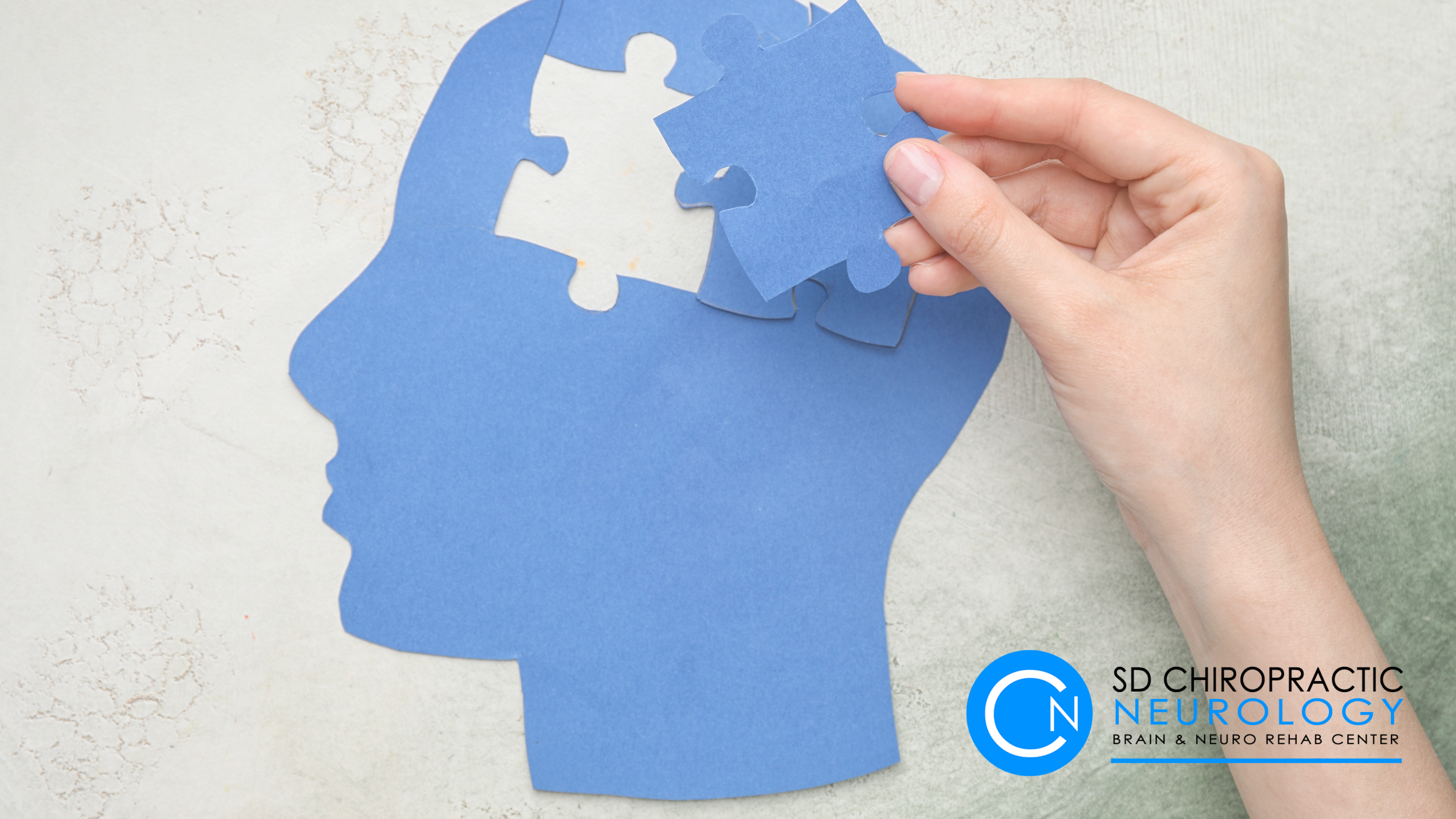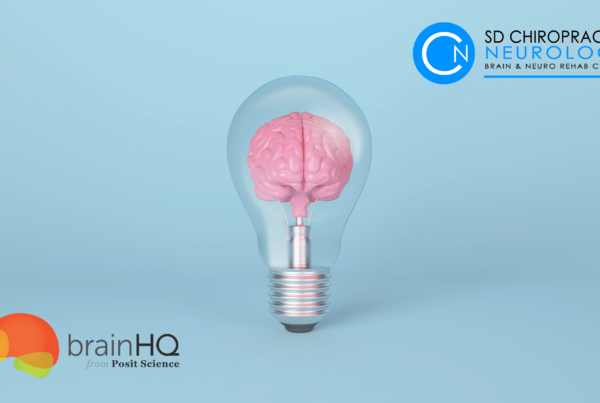
A traumatic brain injury (TBI) can be tricky to identify. Typically if you are even having to ask yourself whether or not you may or may not have had a TBI you should first go seek out a doctor to evaluate you properly for this. They should at a minimum take a thorough history from you and perform a neurological exam on you for TBI findings. If your injury is more recent they should additionally send you for imaging like a Brain MRI or CT scan. This can help identify how severe the injury could be. Listed below are some of the symptoms that those suffering from a TBI might experience.
- Headache
- Confusion
- Lightheadedness
- Dizziness
- Blurred vision
- Ringing in the ears, also known as tinnitus
- Tiredness or sleepiness
- A bad taste in the mouth
- A change in sleep habits
- Behavior or mood changes
- Trouble with memory, concentration, attention, or thinking
- Loss of consciousness lasting a few seconds to minutes
- Sensitivity to light or sound
- Nausea or vomiting
- Headache that gets worse or will not go away
- Loss of vision in one or both eyes
- Repeated vomiting or continued nausea
- Slurred speech
- Convulsions or seizures
- An inability to wake up from sleep
- Enlargement of the pupil (dark center) of one or both eyes
- Numbness or tingling of arms or legs
- Uncoordinated or “clumsy” movements
- Increased confusion, restlessness, or agitation
- Loss of consciousness lasting a few minutes to hours
If you have one or more of the symptoms listed above you should look into being evaluated by a doctor to get a proper diagnosis and plan for recovery.




